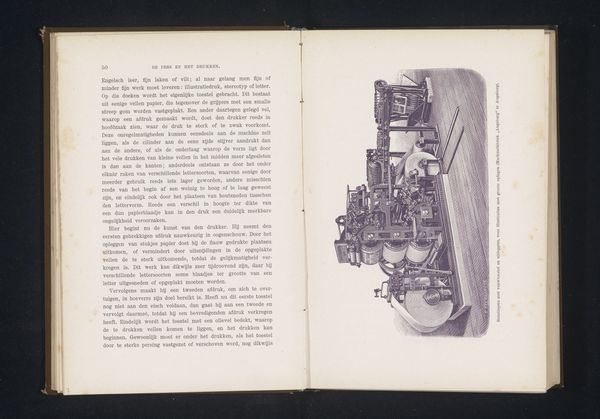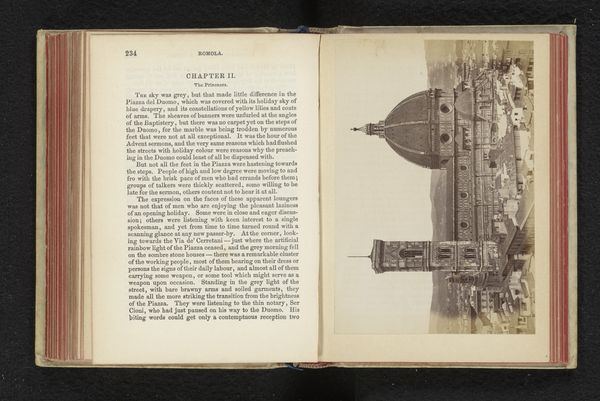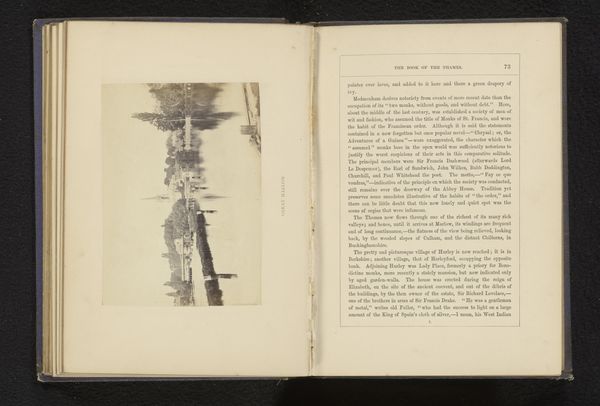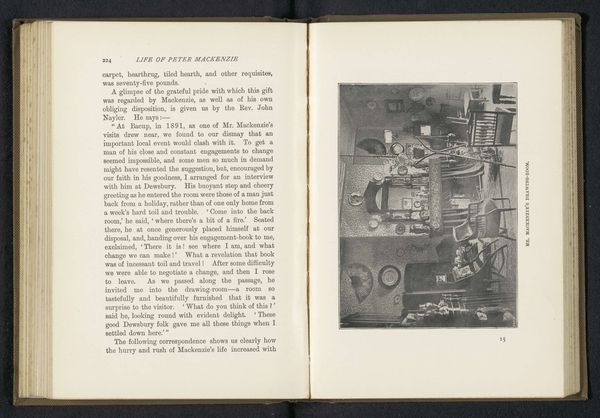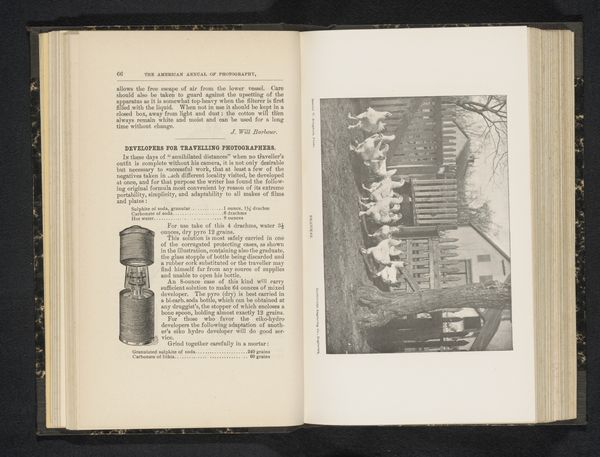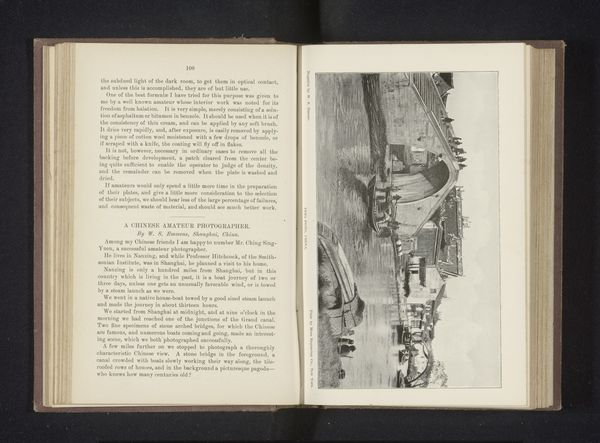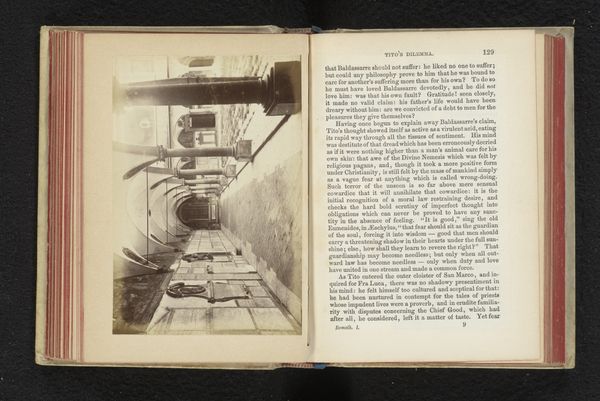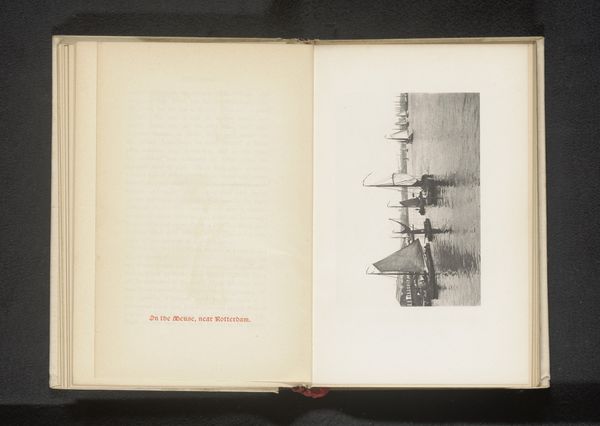
Santissima Annunziata met het ruiterstandbeeld van Giambologna, Florence before 1863
0:00
0:00
photography, gelatin-silver-print
#
landscape
#
photography
#
gelatin-silver-print
#
cityscape
#
realism
Dimensions: height 97 mm, width 136 mm
Copyright: Rijks Museum: Open Domain
Curator: Giacomo Brogi captured this captivating view, "Santissima Annunziata met het ruiterstandbeeld van Giambologna, Florence," sometime before 1863, using gelatin silver print technology. What strikes you most immediately? Editor: The way the stark geometry of the architecture, rendered in monochrome, creates such a solemn atmosphere. There’s a quiet intensity, as if the city is holding its breath, and even flipped 90° its composition retains an impressive presence. Curator: Indeed. Looking at Brogi’s choice of medium, gelatin silver print, we see a direct engagement with the possibilities of photographic reproduction and dissemination. These prints were relatively easy to produce and reproduce, enabling a wider circulation of images of significant architectural sites like the Santissima Annunziata. The emphasis isn't on individual artistic touch, but rather the standardization of a visual document. Editor: Absolutely. It also situates the artwork within the evolving discourse surrounding nationalism and cultural preservation. How did photography begin to function as a tool to define a collective Italian identity or control tourist consumption through idealized visual representations? Curator: A crucial question. Brogi's commercial practice catered to that burgeoning tourism, standardizing desirable imagery while also indirectly influencing what aspects of a city like Florence were deemed worthy of documentation and, by extension, preservation. Editor: And beyond visual consumption, let’s consider who had access to this art and the technological knowledge to produce it? It's critical to understand how this shapes broader access, inclusion, and how cultural authority is reinforced or potentially challenged. The photographer makes choices, reinforces values. This picture presents more questions than it answers. Curator: Certainly. The intersection of technique and its societal context invites an ongoing dialogue about how such imagery contributes to our perception and even the socio-economic forces shaping what we see or don’t see. It's a visual testament to both preservation and controlled perspective. Editor: Brogi’s photograph serves as a historical artifact as well as an artistic representation.
Comments
No comments
Be the first to comment and join the conversation on the ultimate creative platform.
